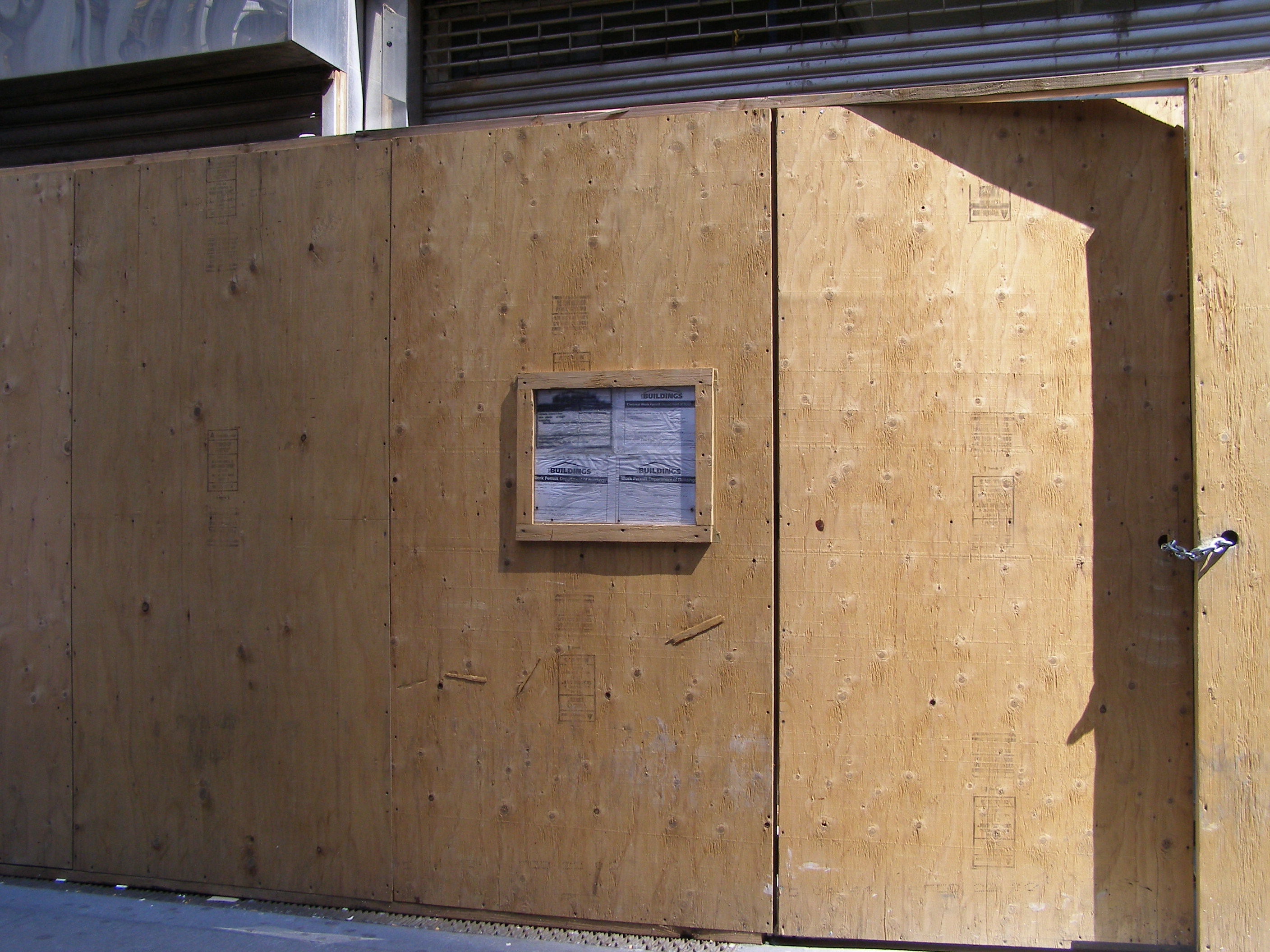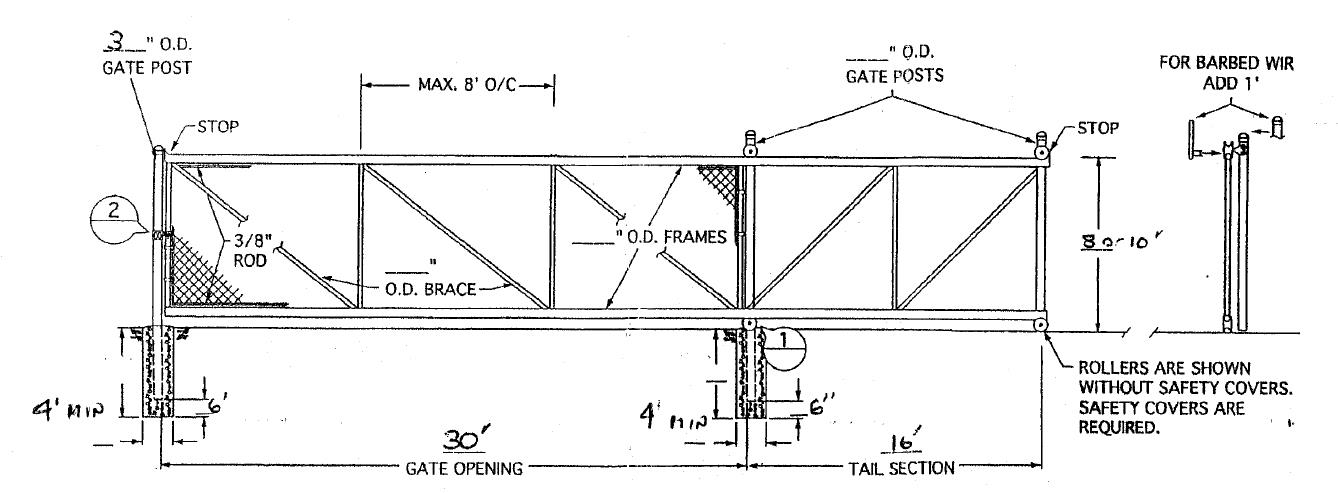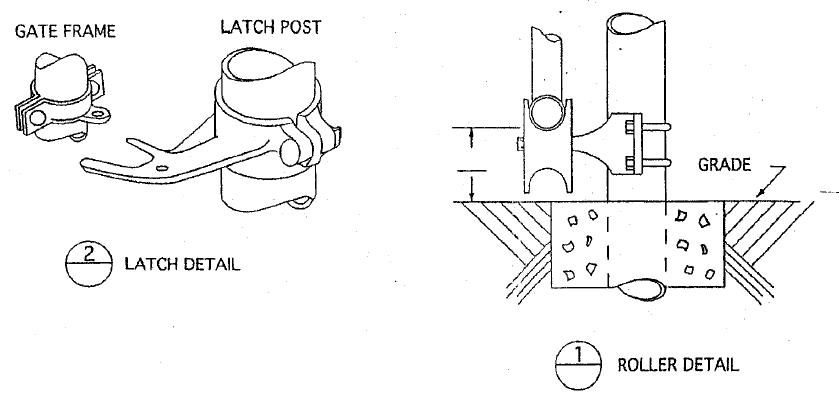
 Buildings311
Buildings311 Search all NYC.gov websites
Search all NYC.gov websites
Project Categories: Construction Equipment - Construction Fence

Construction equipment projects involve installations of equipment to support construction activities or to secure a construction site to protect workers and the general public. A temporary construction fence is required by the NYC Construction Code to protect the public against possible hazards related to ongoing construction. It is installed prior to commencement of the project work and removed at the completion of work, meeting code requirements for removal. A fence is required to enclose the construction site of a new building, areas of demolition, open excavation or extensive alteration. Fences shall be accessible at grade.
Fences are built solid for their entire length out of wood or other suitable materials. However, the Department may approve chain link fences as below:
- For stalled, abandoned or discontinued work sites, after certification of removal of all construction equipment and materials (BC 3303.13).
- For a one-, two- or three- family building, or a commercial building less than 40 feet in height with a setback of 15 feet from sidewalk and the public, and 5 feet from adjoining structures.
When a fence is installed to fully enclose the site, its location shall be along the inside edge of the sidewalk and along the edges of the property. For partially enclosed sites, fences shall be installed at grade level to prevent public access. A fence installation shall not result in obstructions preventing public access to sidewalks or a building’s means of egress. The NYC Department of Transportation (DOT) requires pedestrian protection to be maintained and kept in good order for the entire length of construction.
A fence project typically involves the following components (see diagram):
- Materials. Fence installation may be of solid material such as wood, corrugated metal, or other suitably rigid and strong materials. Chain link materials, where allowed, must be made of new materials or materials in good condition, galvanized steel mesh and posts, and the installed fence and gates covered with opaque sturdy cloth.
- Height. A fence shall be at least 8 feet high.
- Structural Supports. Posts (including concrete encasement of posts), frames, braces, and rods erected at design intervals to resist the effects of wind and secure the entire length of fence.
- Gates. Gates are installed only where required for access to the site. The street facing portion of the solid fence may have openings with gates of the same solid materials as the fence and installed as sliding or in-swinging gates.
- Viewing Panels. These are 12 inch by 12 inch openings in the solid fence that allow a site to be viewed from outside of the fence, and there shall be a minimum of one or one for every 25 feet of frontage. Viewing panels are installed between three and six feet above ground level and are blocked by transparent plexi-glass or other non-frangible material.
- Color. All solid fence installations shall be painted hunter green.
- Signs and Project Information Panel. A project information panel constructed of durable, weatherproof, flame retardant material such as vinyl, plastic, or aluminum, is required at 4 feet above grade on each fence perimeter fronting a public thoroughfare.

Diagram 2

*Project Notes:
Erection of fences for emergency work and for unsafe conditions may be done without a permit. However, an application shall be submitted within 2 business days after the commencement of the emergency work and shall include written description of the emergency condition, per AC 28-105.4.1.*
Project Categories:
-
Demolition COMING SOON!
-
New Buildings COMING SOON!


